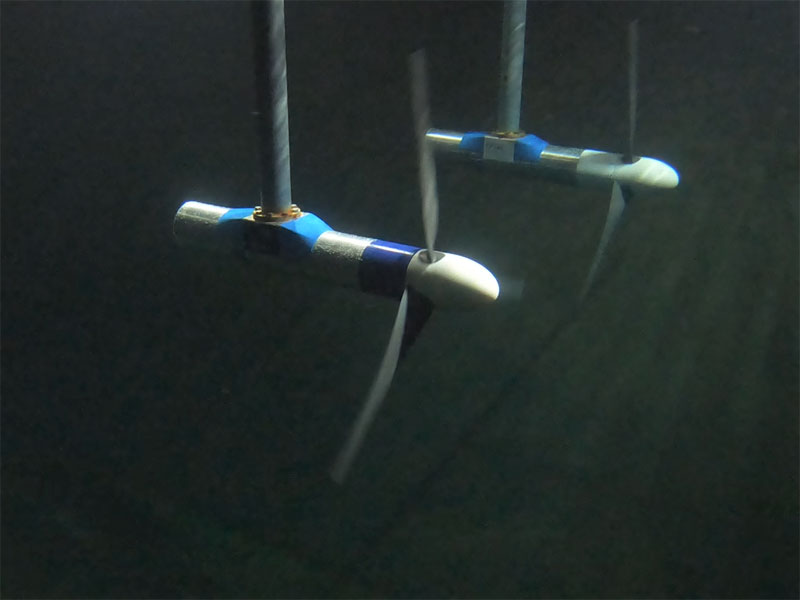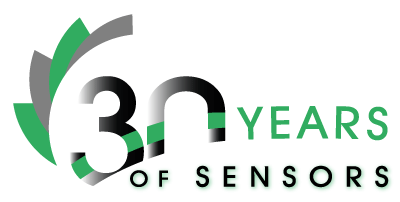Aim: Understand how the spacing between tidal turbines and different control strategies affects the performance of tidal turbines.
Applied Measurements was approached by The Tidal and Wind Energy Research Group at the University of Oxford who wanted to measure the constructive interference effects on tidal turbines, by monitoring:
- How the spacing between the turbines affects performance and unsteady loading,
- What significant performance increases and cost reductions could be achieved by designing turbines to be operated close together.
The University of Oxford needed to measure loads, thrust and torque on the turbine blades during the tests. Plus, the sensors would need specific dimensions and operate fully submerged in water.
So, we recommended our bi-directional force and torque sensor series DBBSS/TSF.

- Highly accurate <±0.1%/RC
- Dual Axis Measurement
- Easily Customised
- Minimal Crosstalk for Optimum Performance
Applied Measurements dual-axis force and torque sensor DBBSS/TSF accurately measure both static torque and axial load in clockwise and counter-clockwise / tension and compression, respectively. Thanks to its unique design, reduced crosstalk between the axis is less than 1% (typical), with excellent accuracy of better than 0.1% of rated capacity, in both torque and force modes.
For this tidal application, we designed the dual-axis force and torque sensor with bespoke dimensions to fit the customer’s own housing and own connector. Plus, we customised the sensor to IP68 fully submersible rating, once installed, to guarantee its performance underwater. We achieved all of this within their set schedule due to their time-sensitive project.
“Applied Measurements supported this activity with guidance on material choice and dimensioning as well as fixing and calibrating strain gauges and amplifiers.”
Dr James McNaughton, University of Oxford, Department of Engineering Science.
How Rotor Thrust & Torque Were Measured

Each turbine model included a variety of sensors to measure individual blade and overall rotor loads. A motor and gearbox were used to control the speed in different conditions.
The rotor thrust and torque were measured using our customised DBBSS/TSF force and torque sensor. Each blade’s root bending moments were measured in the flapwise and edgewise directions.
The University of Oxford’s tests were supported by UK EPSRC grant no. EP/R007322/1 with facility access through the H2020 MaRINET2 Transnational Access Program project number 3007.
We are proud to have been a part of the University of Oxford’s Tidal and Wind Energy’s tidal turbine testing. If you have an application you wish to discuss with our technical team, please call (+44) 0118 981 7339 or email us.






